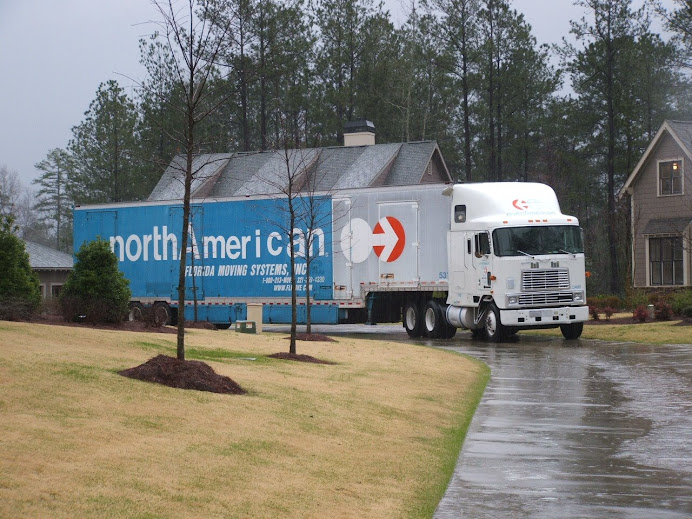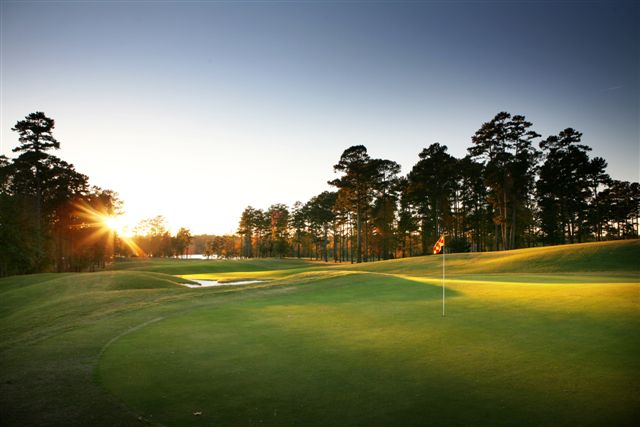
We are looking forward to welcoming our new arrivals with the beginning of a Bluebird trail at National Village.
According to Wikipedia, bluebirds are territorial, prefer open grassland with scattered trees and are cavity nesters (similar to many species of woodpecker). Bluebirds can typically produce between two and four broods during the spring and summer (March through August in the Northeastern United States). Males identify potential nest sites and try to attract prospective female mates to those nesting sites with special behaviors that include singing and flapping wings, and then placing some material in a nesting box or cavity. If the female accepts the male and the nesting site, she alone builds the nest and incubates the eggs.
Predators of young bluebirds in the nests can include snakes, cats and raccoons. Non-native and native bird species competing with bluebirds for nesting locations include the Common Starling, American Crow, and House Sparrow, which take over the nesting sites of bluebirds, killing young and smashing eggs and probably killing adult bluebirds.
Bluebirds are attracted to platform bird feeders, filled with grubs of the darkling beetle, sold by many online bird product wholesalers as mealworms. Bluebirds will also eat raisins soaked in water. In addition, in winter bluebirds use backyard heated birdbaths.
By the 1970s, bluebird numbers had declined by estimates ranging to 70% due to unsuccessful competition with house sparrows and starlings, both introduced species, for nesting cavities, coupled with a decline in habitat. However, in late 2005 Cornell University's Laboratory of Ornithology reported bluebird sightings across the southern U.S. as part of its yearly Backyard Bird Count, a strong indication of the bluebird's return to the region. This upsurge can largely be attributed to a movement of volunteers establishing and maintaining bluebird trails.
Predators of young bluebirds in the nests can include snakes, cats and raccoons. Non-native and native bird species competing with bluebirds for nesting locations include the Common Starling, American Crow, and House Sparrow, which take over the nesting sites of bluebirds, killing young and smashing eggs and probably killing adult bluebirds.
Bluebirds are attracted to platform bird feeders, filled with grubs of the darkling beetle, sold by many online bird product wholesalers as mealworms. Bluebirds will also eat raisins soaked in water. In addition, in winter bluebirds use backyard heated birdbaths.
By the 1970s, bluebird numbers had declined by estimates ranging to 70% due to unsuccessful competition with house sparrows and starlings, both introduced species, for nesting cavities, coupled with a decline in habitat. However, in late 2005 Cornell University's Laboratory of Ornithology reported bluebird sightings across the southern U.S. as part of its yearly Backyard Bird Count, a strong indication of the bluebird's return to the region. This upsurge can largely be attributed to a movement of volunteers establishing and maintaining bluebird trails.
























